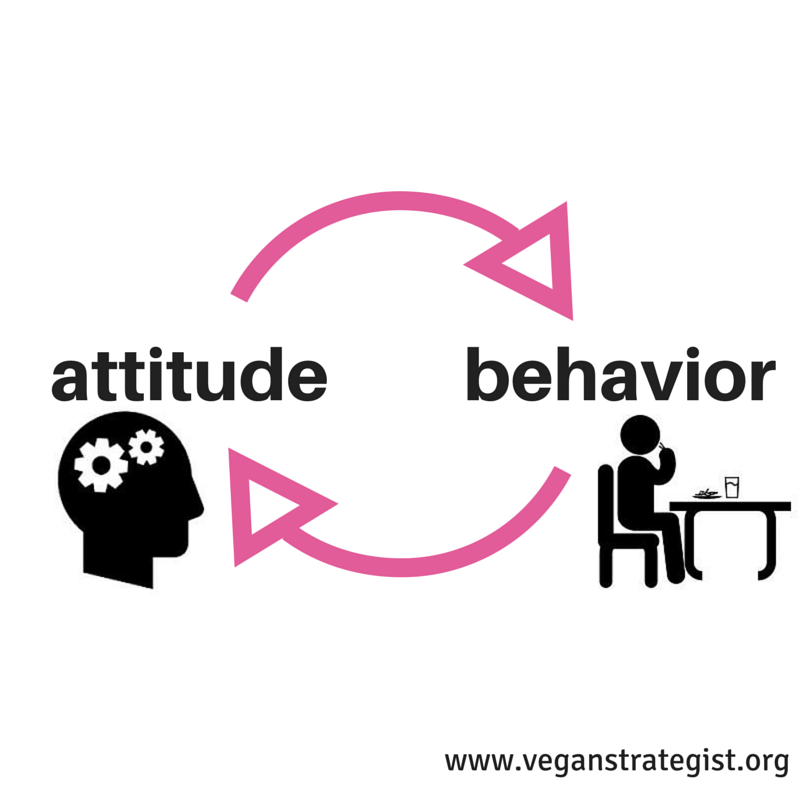Artifact 3
https://www.facebook.com/thecontentedchild/photos/behind-anger-there-might-be/1829521103862916/
The artifact from Module 12, Aggression Questionnaire, engaged me the most because it opened my eyes to a few statements I identified as aggression. First, I particularly indicated the following statements I believed to have the most aggression from the following ones I circled: “A man viciously kicks a cat” and “A person commits suicide.” I chose those two because both are about a person committing some form of harm. It was not until the end of the exercise that I realize aggression can involve many different levels. For example, the first statement above involves a person harming living things, whereas the second statement involves self-injury.
Additionally, the questionnaire further expanded my knowledge about aggression because it helped me identify the differences between which issues aggression involves. Ideally, someone having increased aggression can be seen as someone who perceives the other as hostile. It is understood from the statement, “A boxer gives his opponent a bloody nose.” While the involvement may be a duty or job responsibility from the outside looking in; however, the boxer themselves may have the mindset of perceiving the other as hostile. Honestly, I believe we should understand the “why” behind the action. “A dog snarls at a mail carrier but does not bite.” Why first, why does the dog snarl, why does it not bite, and what sources are involved. Could it be an instinctual behavior because it’s an animal, or did it not bite because that was a physical barrier between the dog and the mail carrier? Ultimately, we must ask why and work backward to understand how the aggression developed.
The attached photo is a clear depiction of what is behind aggression. For some, it could be depression, anxiety, or even fear. Those are usually the main culprit; however, there are others.
Artifact 2

http://veganstrategist.org/2015/06/11/let-beyonce-be-about-the-biggest-oversight-in-our-movement/quote-attitude-behaviour
For my second Top Artifact, I am discussing attitude and behavior because it allowed me to reflect on my attitude and behavior as related to the statements that were presented in the survey. As discussed in Chapter 5, some conditions affect our attitudes through learned-based association. It does not matter if it’s a stimulus or subliminal, we react based on these conditions. For example, we can all agree that “recycling is a great way to protect the environment”; however, if recycling was not a learned behavior, one might disagree. Ideally, social norms such as recycling help shape our attitudes.
As for behavior, it’s influenced by our attitudes. Behaviors are guided through the intent or a mechanism of spontaneous reactions. For example, “I take time to engage in regular physical exercise several times a week.” That behavior comes from an intentional attitude that I have developed over the years because of my job. I know that if I don’t intentionally meet those expectations by my employer, then my behavior would result in some form of negative attitudes that would yield more negative behaviors. For me, awareness within myself for the positive attitudes exhibited yields positive behaviors; however, we’re only human, so there are days when attitudes and behaviors fall below positive expectations.
Attached you will find an image from “The Vegan Strategist”. I chose this image because it’s a direct reflection of the topic “Attitude and Behavior”. Ideally, it’s a two-way street from how we think to the way we act and vice versa. As for vegans, you must want to believe and change the way you think and research to put into action. Actions like that are tough, and with enough positive attitude, one would become a vegan with no problem.
Artifact 1

After watching the 20-20 report, what struck me initially was the comparison of the violent crime rate from the FBI versus the Justice Department. As we all know, the news media outlet is a platform that tends to provide a ton of information overload until more newsworthy topics are available. Often, reports like the one provided in the video present biased information without proper information while managing the way we conclude. The report went on to discuss the number of violent crimes increased, and instead of reporting the increased number of violent crimes reported.
Figures generally provide misconceptions as related to crimes. While crimes in our backyard may increase, and provide uncertainty to citizens, media outlets also fail to provide facts on the increased population. Metaphorically speaking, think of it as inflation regarding purchasing a used vehicle that is now costing a third more than it did two years ago due to the overestimation of labor and chip shortage. Because of the pandemic, it’s hard to be unaware of certain hardships as many across our nation manage and haggle for better commercial prices. Additionally, this video and the current global pandemic have provided me with a profound understanding of the mental framework and how people conclude complex situations.
